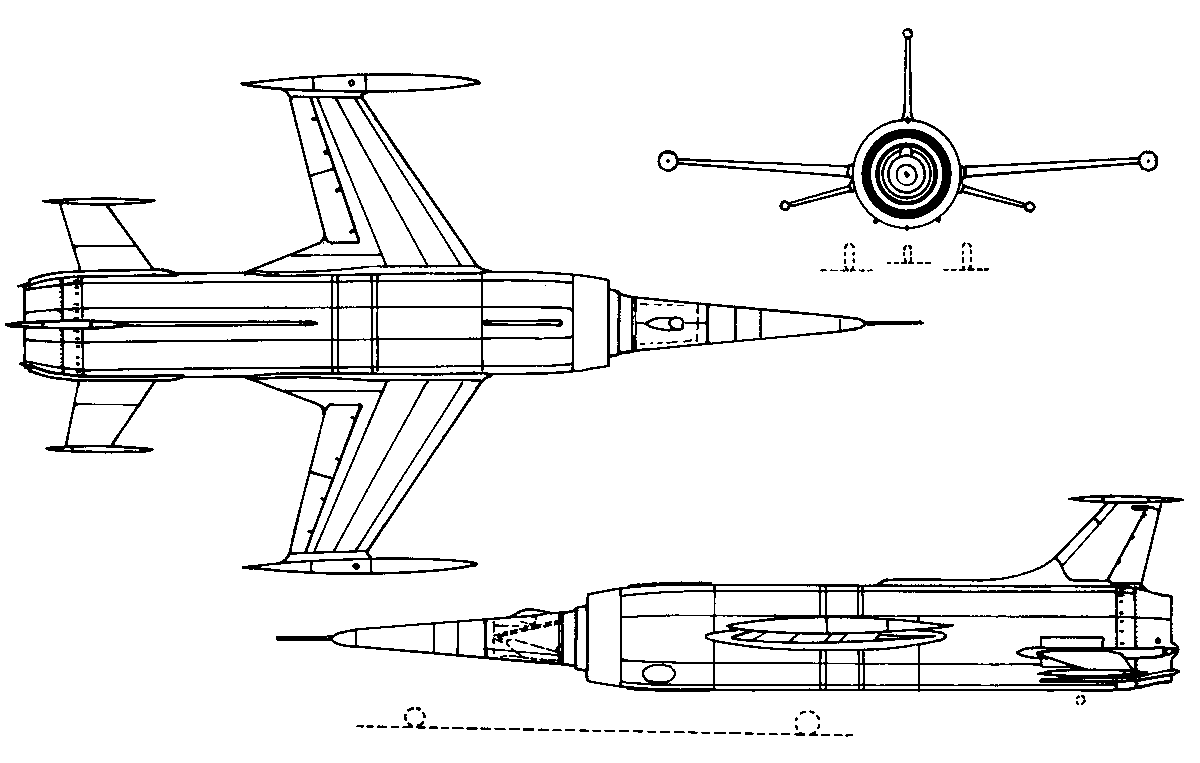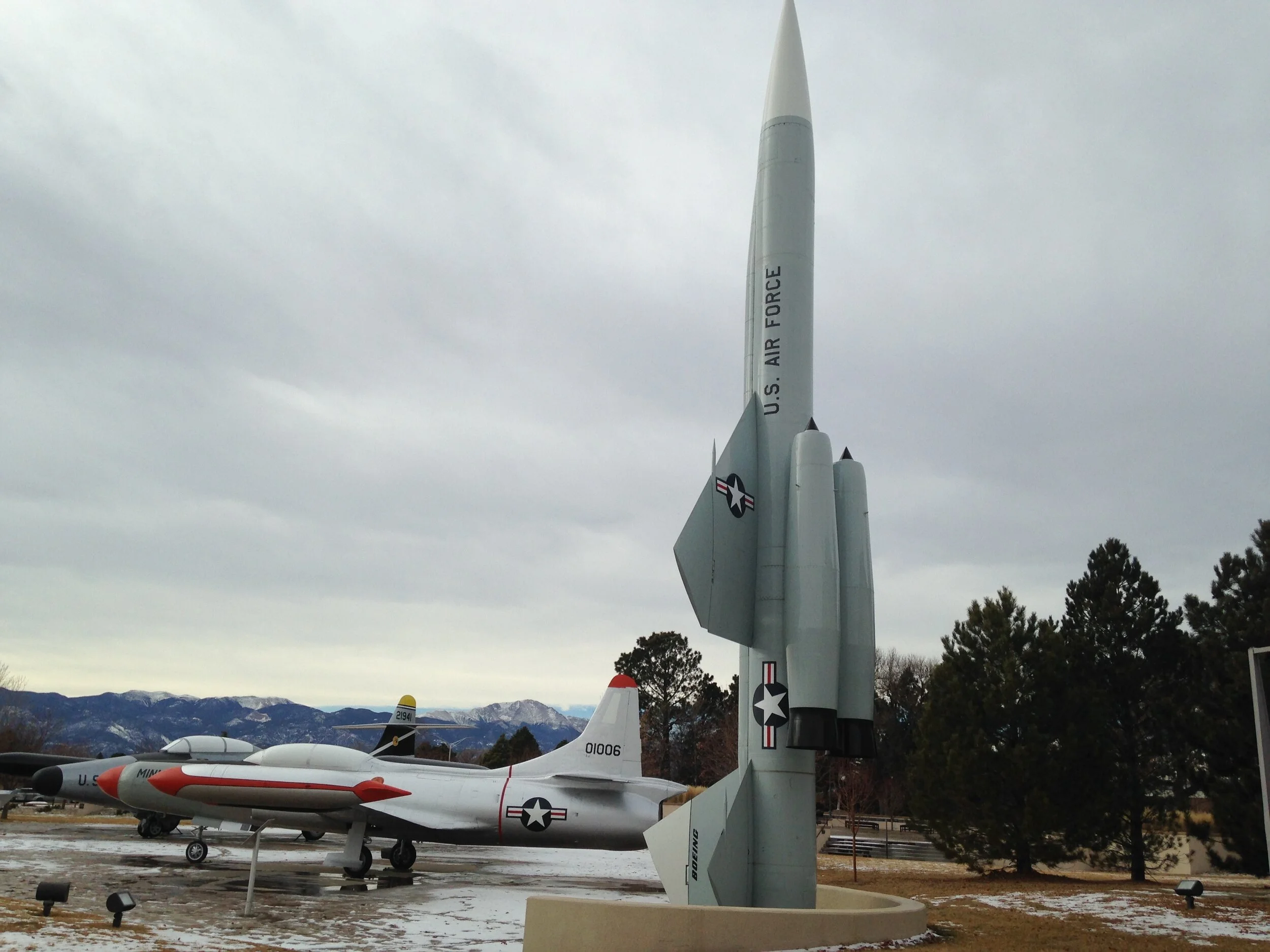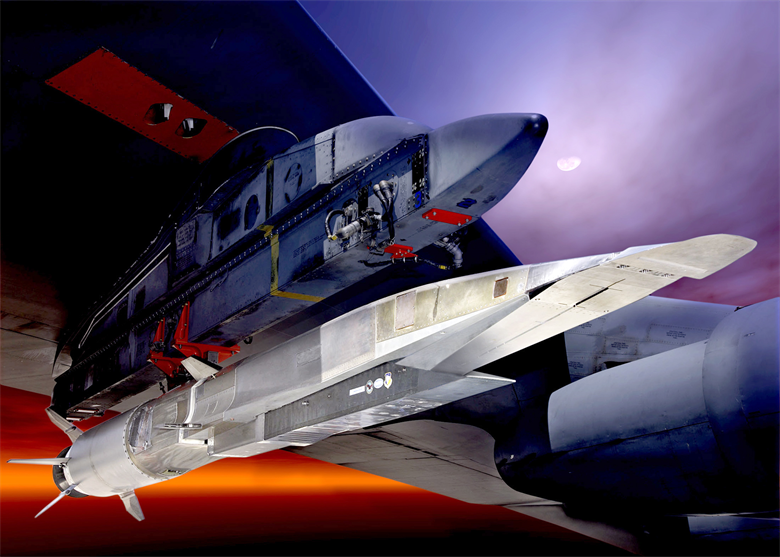Ramjet a brief story
Rene Lorin
The Ramjet was officially invented by Frenchman Rene Lorin, he was the first person to recognize the possibility of using Ram air pressure in a propulsion device.
Albert Fonó
Albert Fonó (born 2 July 1881 in Budapest, d. 21 November 1972 in Budapest), a successful Hungarian mechanical engineer who was one of the early pioneers of turbojet and ramjet propulsion and was first to patent a ramjet engine and a turbojet engine in 1928 (granted in 1932).
In 1915 he devised a solution for increasing the range of artillery, comprising a gun-launched projectile combined with a ramjet propulsion unit. This was to make it possible to obtain a long range with low initial muzzle velocities, allowing heavy shells to be fired from relatively lightweight guns. Fonó submitted his invention to the Austro-Hungarian Army but the proposal was rejected.[1]
Polikarpov I-153DM
Russia holds the distinction of installing the first ramjet for testing. Two gasoline fueled ramjet were installed to a Polikarpov biplane I-153DM (Dopolnityelnyi Motor – supplementary engine). On an experimental basis, the I-153DM was flown with gasoline-burning ramjet engines under the wings. DM-2 engines increased the top speed by 30 km/h (19 mph) while more powerful DM-4 engines added as much as 50 km/h (31 mph). A total of 74 flights were undertaken.
Leduc 010
Designed by René Leduc in 1938, it was built at the Breguet Aviation factory after a protracted, semi-secret construction phase kept at arm's length from German occupation authorities, and was finally completed in 1947. The aircraft featured a double-walled fuselage, with the pilot controlling the aircraft from within the inner shell. The circular gap between this and the outer, cylindrical shell provided the inlet for the ramjet.
SM-64 NAVAHO
The North American SM-64 Navaho was a supersonic intercontinental cruise missile project built by North American Aviation (NAA). The final design was capable of delivering a nuclear weapon to the USSR from bases in the US, while cruising at Mach 3 (3,675 km/h; 2,284 mph) at 60,000 feet (18,000 m) altitude. The missile is named after the Navajo Nation.















Ramjet Operating Principles
The Ramjet operates on the Brayton Thermodynamic Cycle.
A Brayton cycle comprises four basic processes:
1-2 Compression
The Ramjet achieves compression by decelerating the air velocity and converting that energy into pressure, what is known as Ram pressure. This helps explain one basic fact of Ramjets, it can only generate thrust when it is in motion, Ramjets cannot generate static thrust.
2-3 Heat Addition
This process consist basically in fuel being added to incoming air, it’s pressure already increased from station 1 to 2. Air-Fuel mixture is ignited and temperature is increased, basically, energy from the fuel is added to the air stream by means of combustion, at station 3 our air stream is loaded with energy in terms of pressure and temperature.
3-4 Expansion
Expansion consist of bringing a high pressure flow to a low pressure flow. In the Ramjet this expansion takes place through a nozzle, basically the nozzle will convert the high energy flow (Pressure and Temperature) into a high velocity flow at low pressure (normally atmospheric pressure).
The change in velocity and the mass flow through the engine determine the thrust.
τ (Thrust) = ṁ * (v4-v1)
ṁ mass flowrate
v4 velocity at ramjet exit
v1 velocity at ramjet inlet (flight speed)
4-1 Heat Rejection
Like any thermodynamic cycle heat is rejected, in the ramjet this heat is in the form of the hot velocity combustion gases at its exit. This is energy that it is lost.
Why Ramjet?
The Ramjet holds the key for supersonic flight, its descendant is known as SCRAMJET (supersonic combustion Ramjet), the Scramjet will make possible hypersonic (M>5) flight, as researchers were frenetic in the 50’s, 50 years later same prolific activity is taking place today, so we are at the dawn of a new era.
Subermarine has decided to take part and explore propulsive solutions based on the Ramjet and Scramjet.






